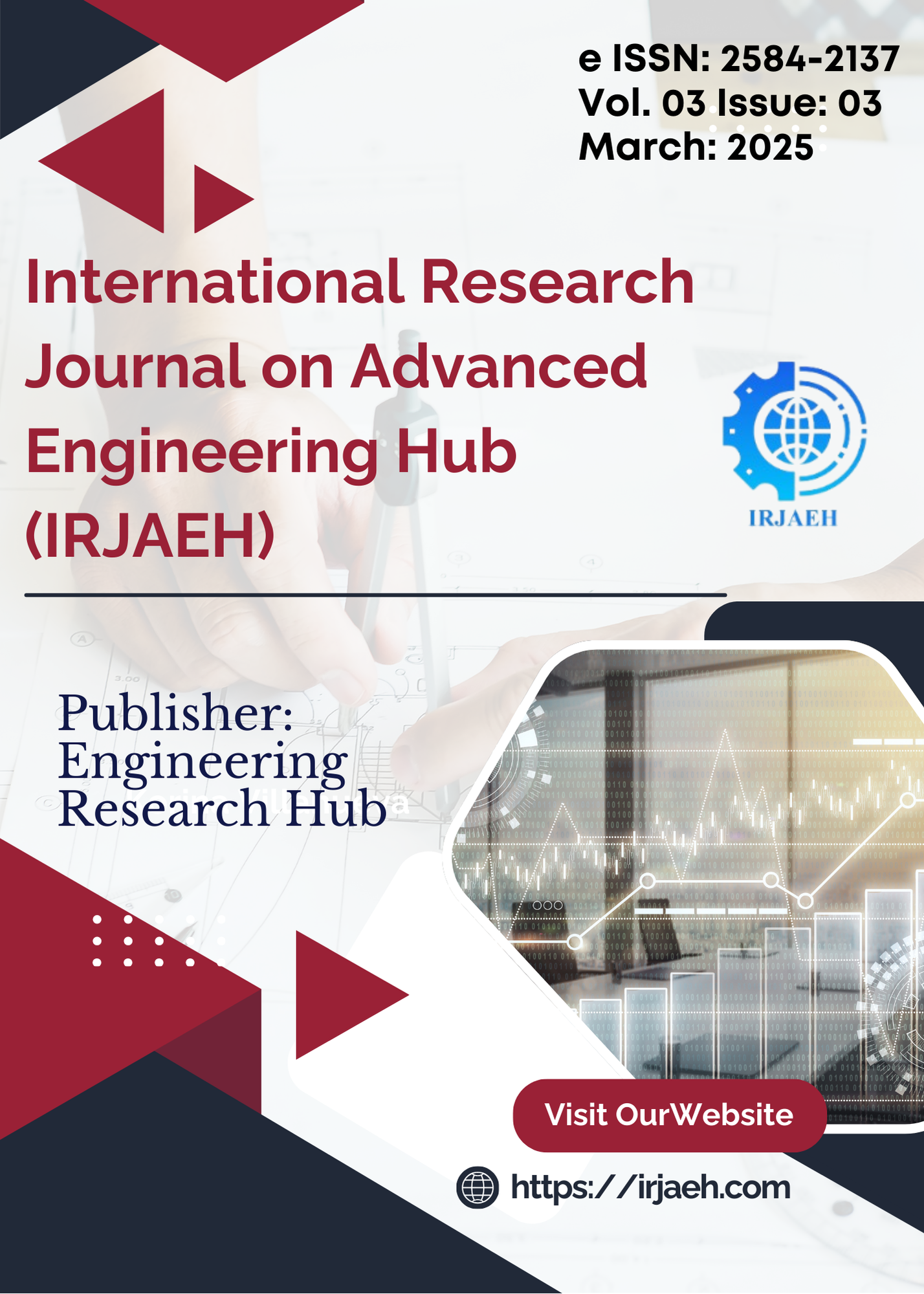AI-Powered Cardiovascular Health Chatbot: Design and Development
DOI:
https://doi.org/10.47392/IRJAEH.2025.0075Keywords:
Early Diagnosis, Healthcare Automation, Natural Language Processing (NLP), AI-powered Chatbot, Support Vector Machine (SVM), Gradient Boosting, Random Forest, Predictive Analytics, Machine Learning, Cardiovascular Disease (CVD)Abstract
Globally, cardiovascular disease remains a leading cause of morbidity and mortality, necessitating accurate predictive models for early detection and intervention. In our cardiovascular disease prediction project, we undertook a comprehensive evaluation of various machine learning algorithms to identify the most effective model for predicting cardiovascular risk. The dataset utilized in this study comprises features such as age, gender, blood pressure, cholesterol levels, glucose levels, smoking status, alcohol consumption, physical activity, and Body Mass Index (BMI). These features were instrumental in assessing the algorithms' performance across several key metrics: precision, accuracy, F1 score, and recall. Precision gauges the proportion of true positive predictions among all positive predictions made by the model, ensuring that positive diagnoses are accurate. Accuracy measures the overall correctness of the model's predictions across all classes. The F1 score harmonizes precision and recall, offering a balanced view of the model’s performance, especially in the context of imbalanced datasets. Recall reflects the model’s effectiveness in identifying true positive cases, which is crucial for early detection. Our final model achieved an accuracy of 97.04%, demonstrating its robustness in predicting cardiovascular disease. To further enhance accessibility and real-time decision-making, we integrated an AI-powered chatbot that leverages machine learning (ML) and natural language processing (NLP) to provide users with personalized health recommendations based on predictive model outputs. This chatbot enables patients and healthcare professionals to efficiently assess cardiovascular risk by interpreting user input, analyzing symptoms, and offering tailored medical guidance. Developed using a Flask-based API and a user-friendly web interface, the chatbot ensures seamless interaction and enhances healthcare accessibility. By combining rigorous model evaluation with intelligent chatbot integration, our approach improves early diagnosis, supports clinical decision-making, and contributes to better patient outcomes.
Downloads
Downloads
Published
Issue
Section
License
Copyright (c) 2025 International Research Journal on Advanced Engineering Hub (IRJAEH)

This work is licensed under a Creative Commons Attribution-NonCommercial 4.0 International License.

 .
. 